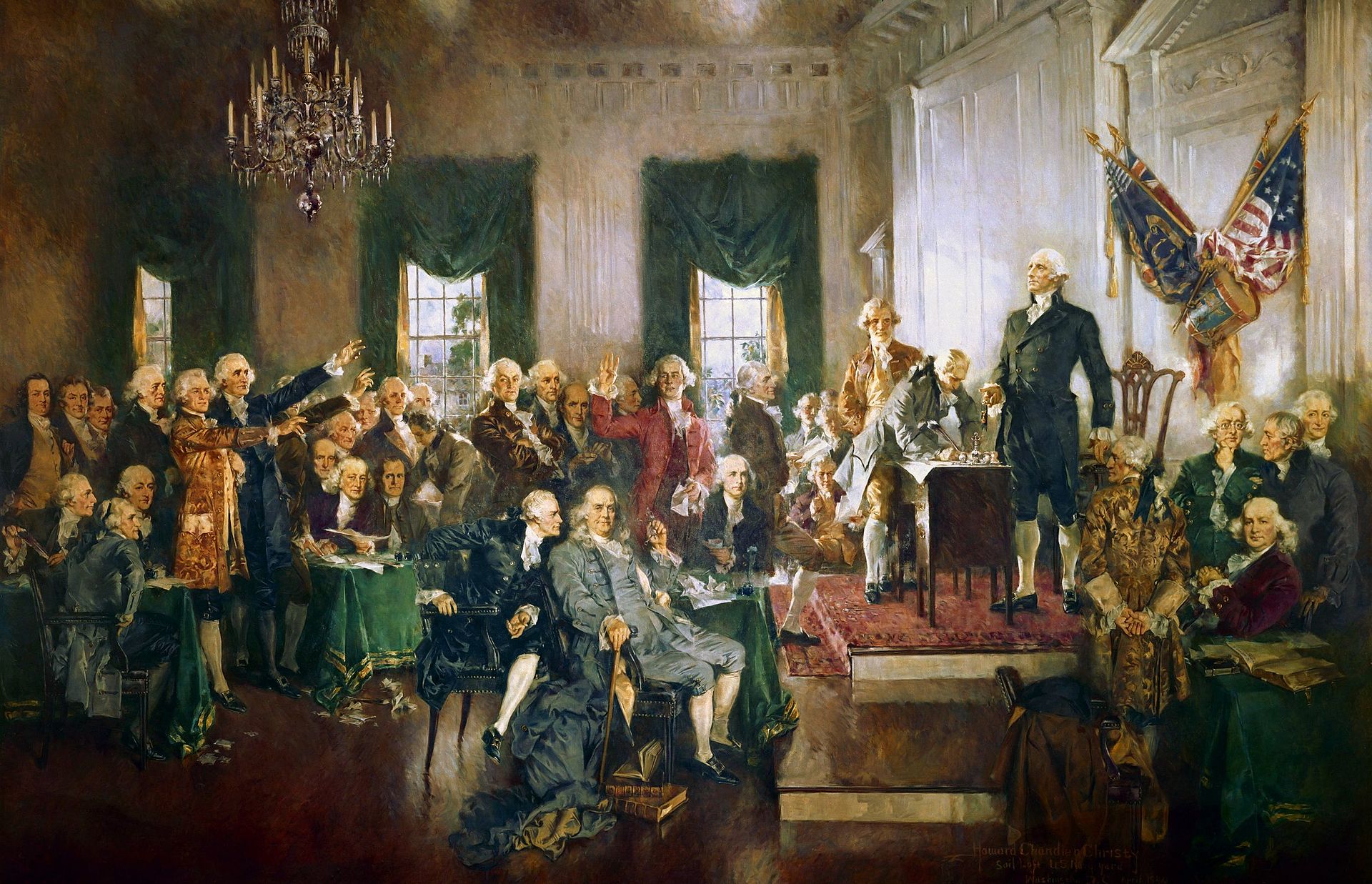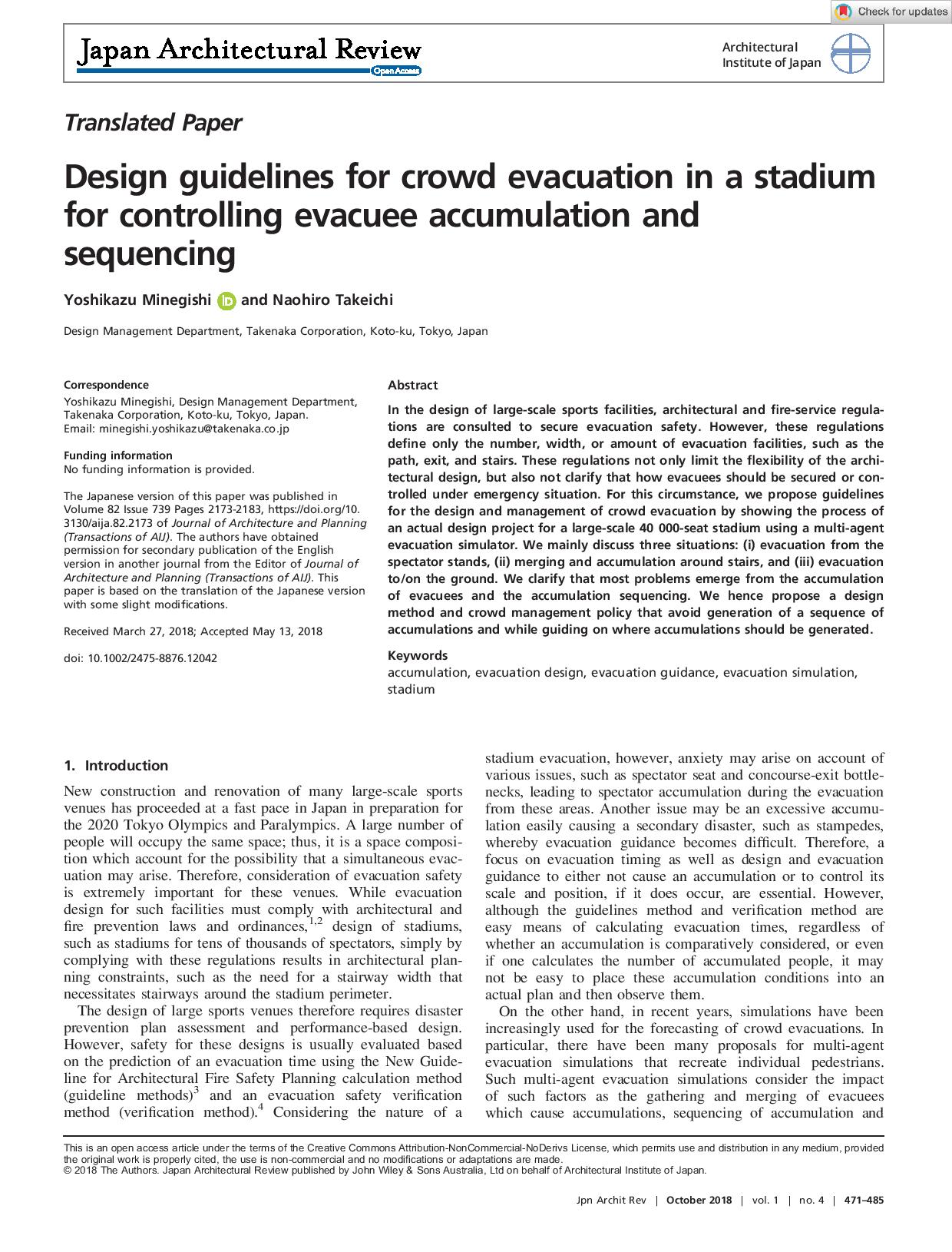שנה טובה
Pomegranates hold special significance in Jewish New Year celebrations, also known as Rosh Hashanah. The association between pomegranates and Rosh Hashanah comes from the tradition of incorporating symbolic foods into the holiday meal, each of which carries a special meaning. Pomegranates are one of these symbolic foods, and they are typically used in various ways to represent different aspects of the holiday:
Seeds of Prosperity: Pomegranates are often seen as a symbol of abundance, fertility, and prosperity. The many seeds inside the fruit are thought to represent the abundance of good deeds and mitzvot (commandments) that one hopes to perform in the coming year. Eating pomegranates on Rosh Hashanah is seen as an expression of the wish for a fruitful and prosperous year ahead.
Sweetness and Renewal: On Rosh Hashanah, it is customary to eat sweet foods to symbolize the desire for a sweet and pleasant year. Pomegranate seeds are sweet and juicy, making them a natural choice for this purpose. Some people dip pomegranate seeds in honey, further emphasizing the desire for sweetness and a sweet New Year.
Symbolic Blessings: Pomegranates are often included on the holiday table as a decorative element. Their vibrant red color is associated with the renewal of life and the hope for a good year. Pomegranate-shaped decorations or even pomegranate-themed dishes and tableware are commonly used during Rosh Hashanah celebrations.
Traditional Blessings: In some Jewish communities, it is customary to recite a special blessing when eating pomegranates on Rosh Hashanah. The blessing expresses the hope for a year filled with good deeds and blessings, just as the pomegranate is filled with seeds.




















